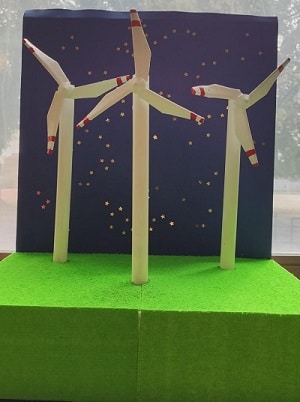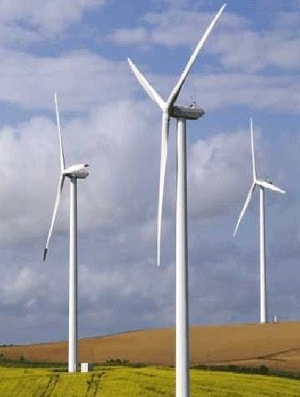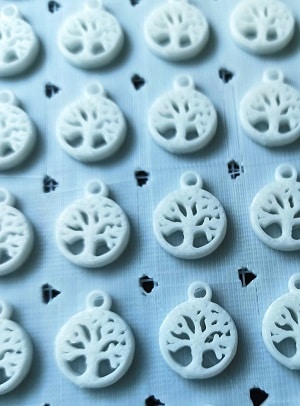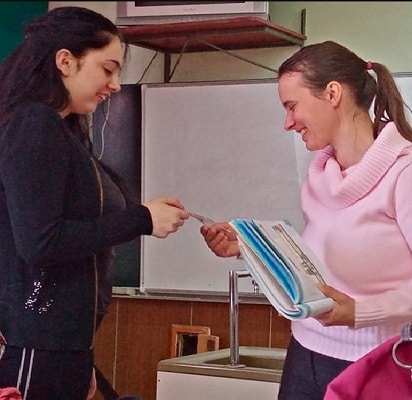August 24, 2020
“ If A Picture Is Worth A Thousand Words…A Prototype Is Worth A Thousand Pictures ”

3D printing technology became visible in the 80’s, and today it is no longer a futuristic technology, but a readily available and affordable tool with vast possibilities to create almost everything, from toys to houses or medical implants. In recent years, it started finding its place in education, where modeling 3D printed objects is an exciting learning journey, where students go from an abstract idea to a realistic, useful and applicable product.
During this process students develop their mathematical awareness, they learn how to create models using different software and they also improve their critical and creative thinking skills. Through developing a number of skills like technology literacy, problem-solving and self-directed learning, students are becoming the creators of technology. By identifying different problems around them and finding 3D printed solutions they are learning how to become responsible citizens ready to live and work in the digital age.
The first step in transferring students’s ideas into realistic and useful objects consists of modeling and preparing files for 3D printing. There are many opportunities to model an object for 3D printing. Programs like Sketchpad, Thinginverse, Tinkercad, or Geogebra offer pre-prepared files, or provide the possibility to model different objects independently.
In the middle of 2019, my school in Ruski Krstur was given a generous opportunity to have a 3D printer from Johannes Kepler University, so my students had the possibility to work on many projects that combined not only science, technology, engineering and math, but also aesthetic and artistic aspects and develop their understanding of sustainability and environmental issues.
For example, students were exploring the possibilities of sustainable energy in our area, so they recreated 3D printed models of windmills near the place where our school is located. Our work was recognized and honored by the Province Government at the competition “Energy of wind” in January, 2020. In the Figures below you can see the original model and 3D printed model.


RECOMMENDED: https://global-edtech.com/category/community/
Our next project was to print a pendant as a piece of jewelry, which we prepared as gifts to the female teachers in our school during International Women’s Day, which we celebrated on 8th March. Our choice was the “Tree Of Life”. In the Figures below you can see the design and also a teacher receiving a gift.


Both designs, the windmill and the pendant, were found on www.thingiverse.com and adjusted.
During other math lessons, students printed geometrical solids using Geogebra. Geogebra (www.geogebra.org) offers the opportunity to prepare files for 3D printing, which resulted in printing tetrahedra, like shown in the Figures below. This kind of activity helped students in the process of visualising mathematical objects.


Our 3D printing activities were interrupted by the global pandemic, however not entirely. Our 3D printer was on, like many other European school 3D printers, printing face shields for medical workers. You can read more about this here: https://blog.scientix.eu/2020/05/teaching-real-life-3d-printing-lessons/
The practical application of 3D printing and its technological advances impact different fields in everyday life. By introducing 3D printers to students we are laying the foundations for improving this technology in the future, which might improve our quality of life and make many things more accessible. Quick replication of objects has the possibility to improve lives in the future!
















0 Comments